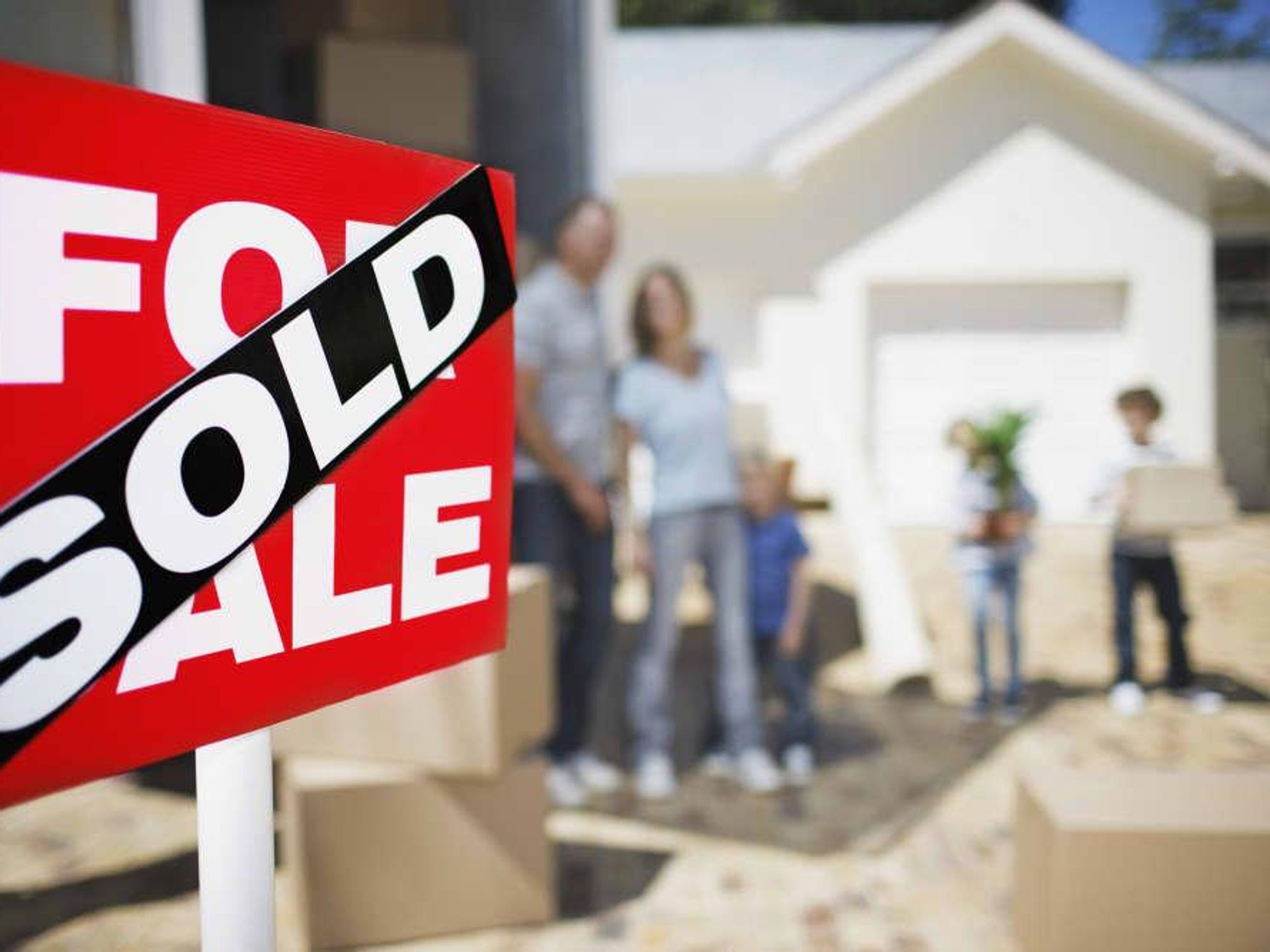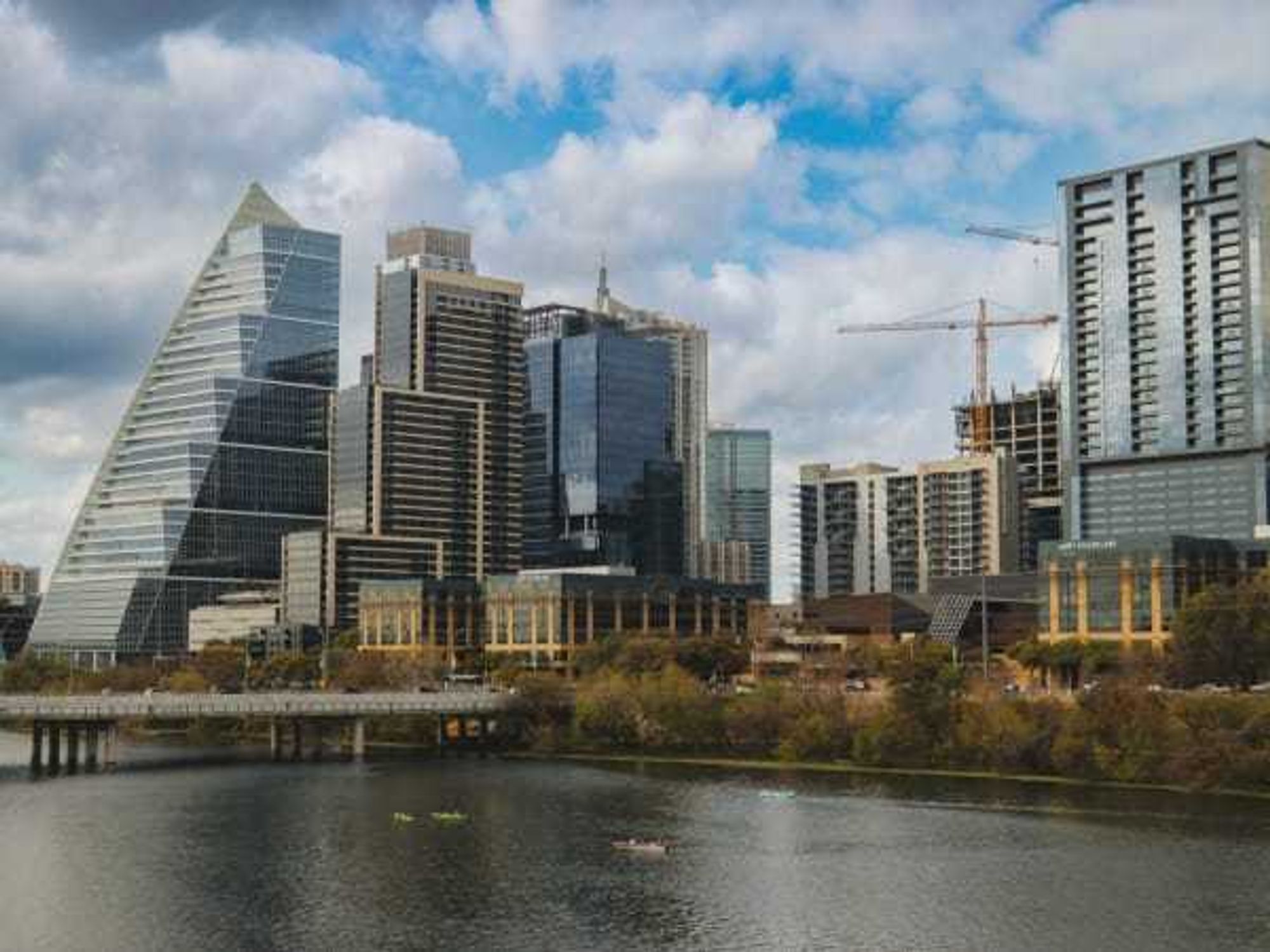Where to buy
This is the best place to buy a house in the Austin area, experts say

The Austin housing market might be a headache for many, but a new report suggests homebuyers could have a friendlier experience in one suburb.
Real estate database titan Zillow analyzed housing markets in the 35 largest metros across the country and ranked them on a spectrum from most buyer-friendly to most seller-friendly. The index "shows how hot a region's housing market is compared to others by analyzing sale-to-list-price ratios, percentage of listings with a price cut, and how long homes stay on the market," the company says in a release.
The Austin metro area landed right in the middle of the index as the 18th most buyer-friendly market in the U.S., with a median home value of $308,200 and homes staying on the market for an average of 74 days. In other words, buyers in 17 other markets have a better home shopping experience than they would in Austin, while sellers have it better in another 17 markets.
The report drilled down further to name Lago Vista the most buyer-friendly location in the greater Austin area. The lakeside suburb has a median home value of $267,300, lower than the metro average, and 18.9 percent of homes saw a price cut.
Kyle, where the median home value is $216,100, homes spend only 63 days on the market on average, and the sale-to-list-price ratio is 97 percent, was named the most seller-friendly spot in the Austin area. According to Zillow, the suburbs of San Marcos, Bastrop, and Hutto all landed in the middle of the buyer-seller index, meaning they are not as buyer- or seller-friendly as other cities in the metro.
Houston (No. 9) and San Antonio (No. 11) are the most buyer-friendly large markets in Texas, whereas DFW (No. 24) is more seller-friendly.
Nationwide, Zillow says buyers in Florida and the New York metro area will have "more favorable conditions than those in most other major markets."
While it may be surprising to see New York City on the list, as Zillow points out in its release, what makes a buyer-friendly market isn't necessarily based on pricing. In New York, for example, homebuyers who can afford the expensive real estate face low competition, thus making it a buyer's market.
